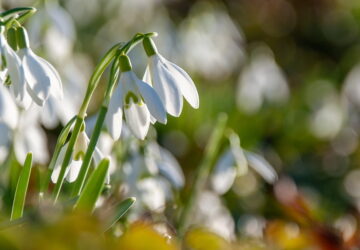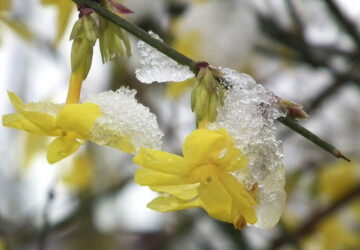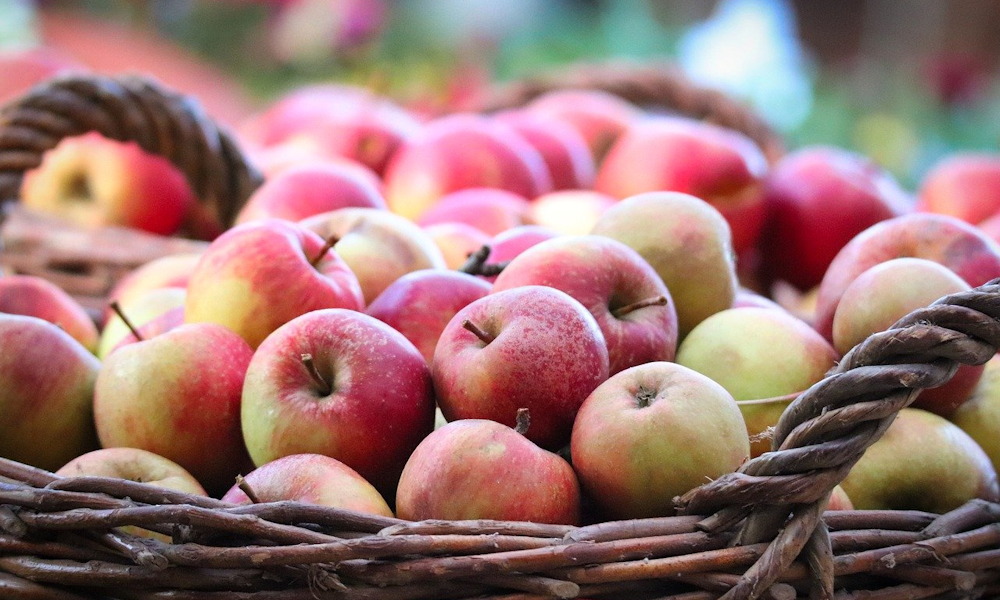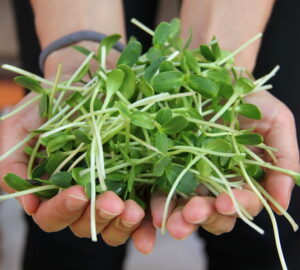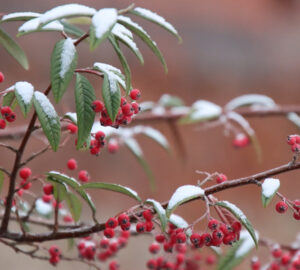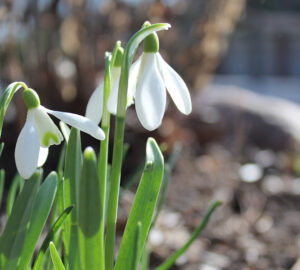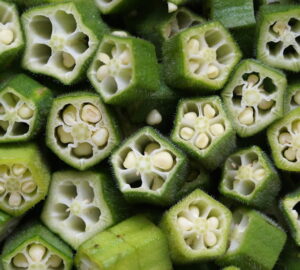As September rolls in, gardeners traditionally look forward to cooler temperatures and the soothing rhythm of autumn. However, in recent years, a noticeable shift has occurred. Summers seem to be extending their stay, bringing warm days and limited rainfall well into what should be a time of transition. Is this prolonged warmth and dryness a mere anomaly, or could it be linked to the broader patterns of climate change? For the avid gardener, this evolving climate presents unique challenges and opportunities.
The Lingering Summer: A Sign of Climate Change?
The late summer heat that spills into September is becoming a common phenomenon, and many are asking whether this trend is connected to climate change. Scientists have observed that, as global temperatures rise, weather patterns are shifting. Warmer temperatures extend the growing season, which can be both a boon and a burden for gardeners. On one hand, it means more time to enjoy the blooms of late-summer flowers and the harvest of heat-loving crops. On the other, it challenges us to adapt our gardening practices to unpredictable weather patterns.
Dry Septembers, with less frequent rainfall, also pose difficulties. Moisture stress can affect the health of the garden, leading to wilting plants, delayed fruit ripening, and increased vulnerability to pests. While the warm weather might tempt gardeners to stretch out the summer garden vibe, it’s essential to take proactive steps to ensure the garden stays healthy and productive.

Harvesting: Making the Most of the Extended Season
September is typically the time for harvesting many fruits and vegetables, and with the warmer temperatures, some crops may continue to ripen later than usual. Tomatoes, peppers, cucumbers, and squash, which thrive in heat, might still be producing. The key is to keep a close eye on them to pick them at their peak ripeness. Overripe fruits can attract pests and rot quickly in warm conditions, so frequent checks are vital.
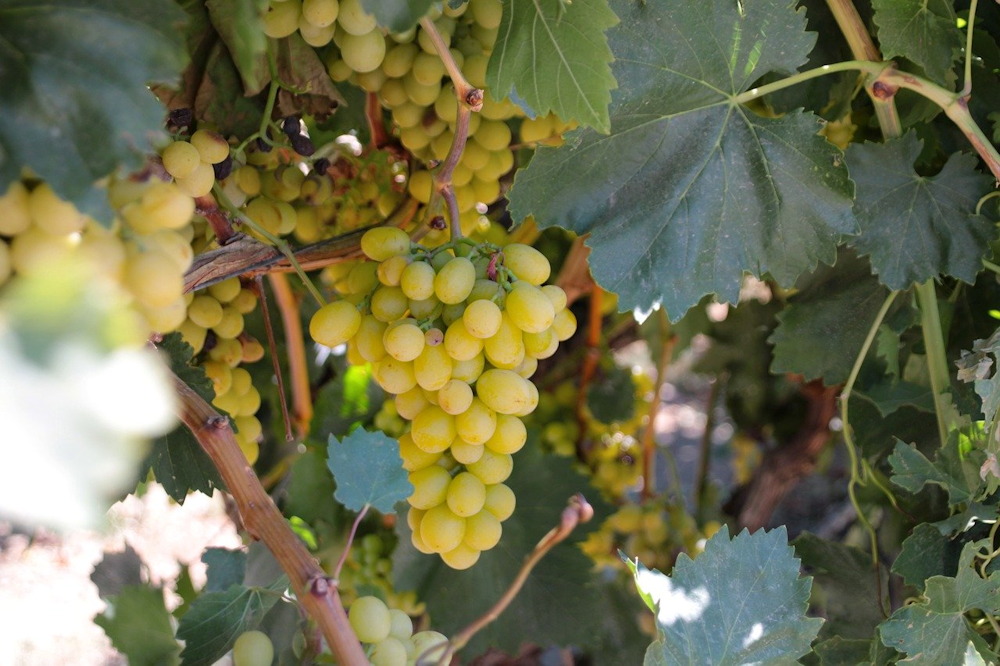
For cooler-season crops like apples, pears, and pumpkins, which traditionally start to mature in early autumn, the extended warmth can affect their development. Apples and pears may need to be harvested earlier than expected to avoid sunscald or water loss, which can impact their flavor and storage life. Root vegetables like carrots, beets, and potatoes also need attention; while they generally prefer cooler temperatures, they can still thrive if mulched well to retain moisture and protect them from heat.
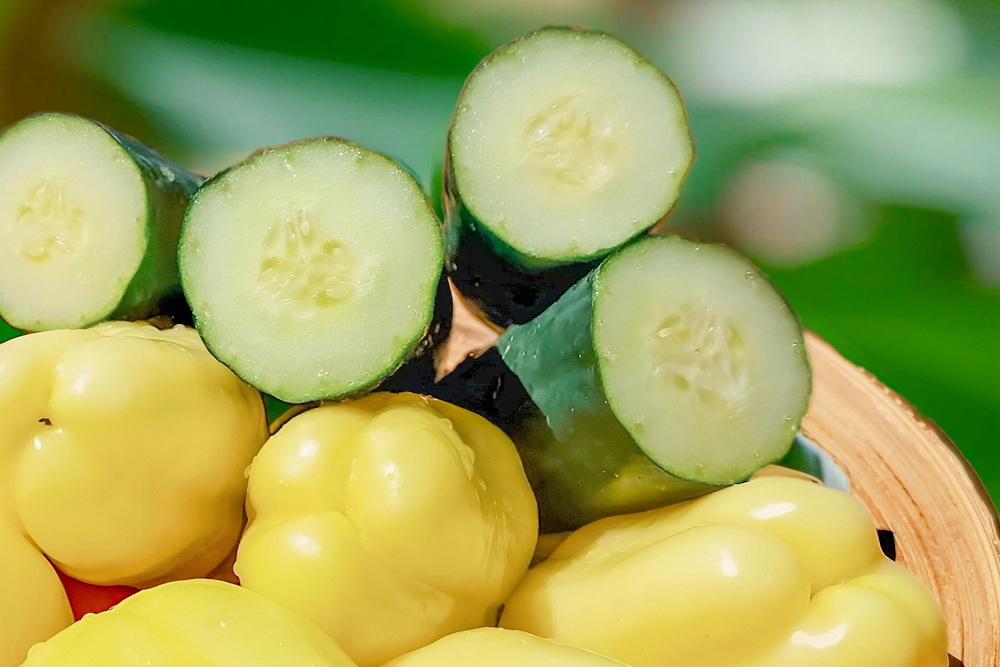
Preservation: Storing the Harvest
Once the bounty of the garden has been harvested, thoughts turn to storage and preservation. For those enjoying a bumper crop of fruits and vegetables, preserving the flavors of summer is a rewarding endeavor. Tomatoes can be canned, frozen, or turned into sauces and salsas. Apples can be stored in a cool, dark place, but for a longer shelf life, they can also be turned into applesauce, cider, or dried for a healthy snack.
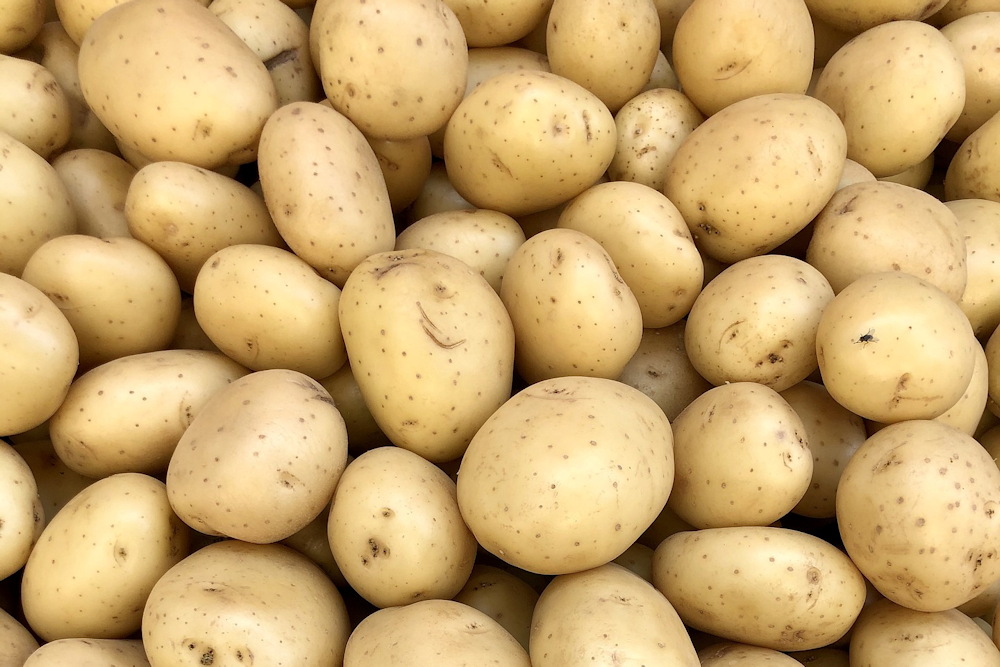
Fermentation and pickling are also excellent ways to preserve vegetables such as cucumbers, peppers, and beets. With the extended warmth, it’s essential to store harvested produce properly to prevent spoilage. Onions, garlic, and potatoes should be cured in a warm, dry place before being moved to cooler storage to prevent mold and rot.
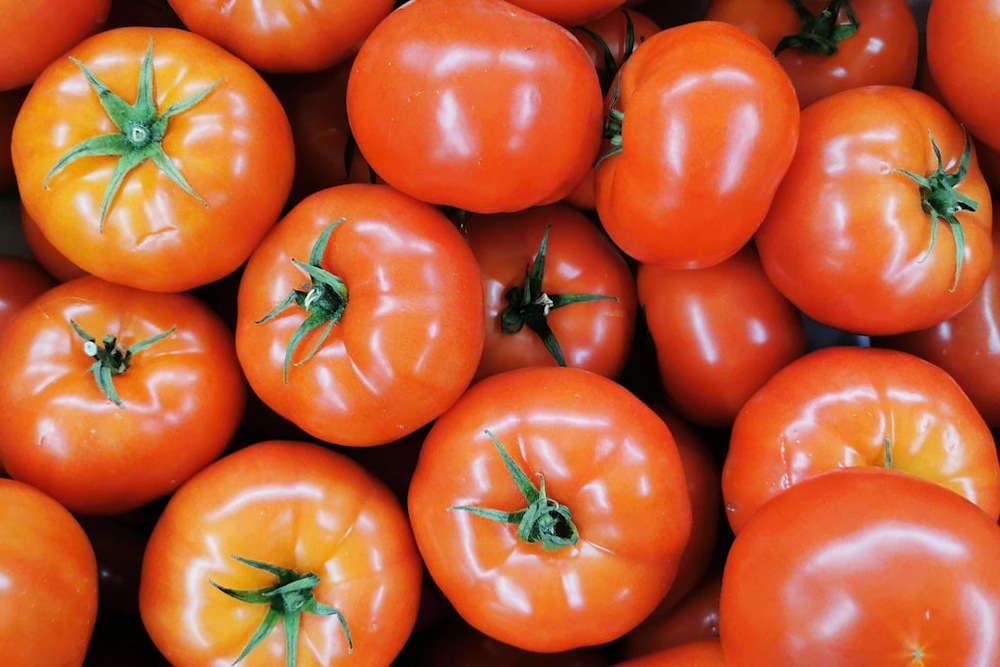
Watering Wisely: Managing Moisture in the Garden
Given the recent trends of dry Septembers, efficient watering becomes crucial. Deep, infrequent watering encourages roots to grow deeper and makes plants more drought-resistant. Morning watering is best to allow plants to absorb moisture before the heat of the day. Using mulch around plants helps retain soil moisture, suppress weeds, and regulate soil temperature – a practice that becomes invaluable in these longer, warmer autumns.
Consider investing in rain barrels or other water-saving technologies. Even a small amount of rain can provide enough water for the garden when properly collected and managed. Drip irrigation systems are also highly effective, delivering water directly to the root zone, reducing waste, and keeping foliage dry to minimize the risk of fungal diseases.
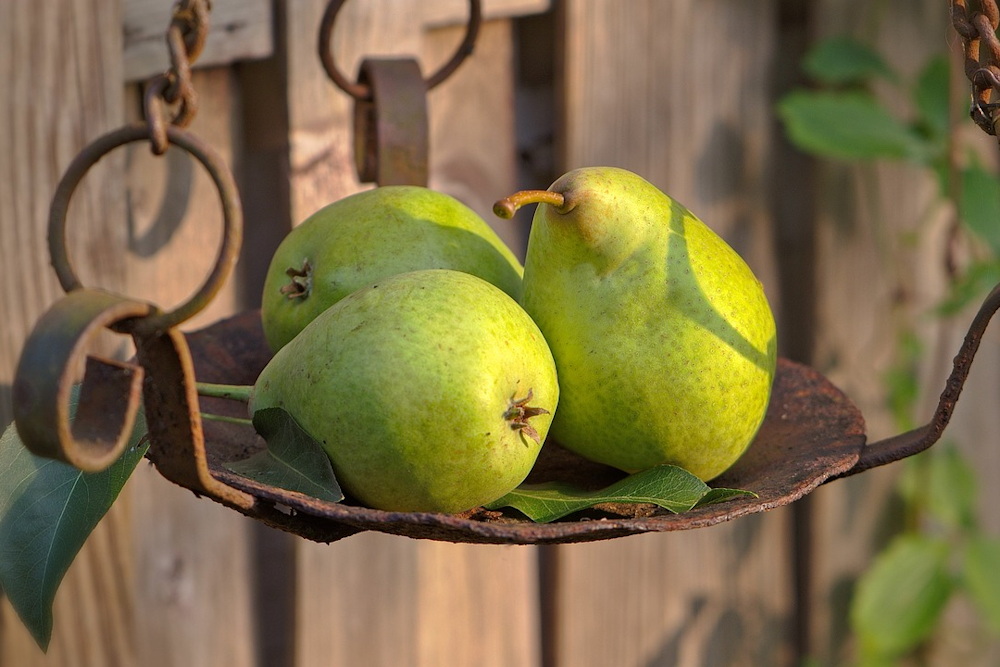
Embracing Change: A Gardener’s Resilience
The warmth of September, once considered an anomaly, is becoming part of the new norm. While these changes present challenges, they also offer opportunities for gardeners to rethink their approaches. Experimenting with new plant varieties that thrive in extended warmth, implementing sustainable watering practices, and adapting soil care routines are all part of gardening’s ever-evolving journey.
The garden is a dynamic space that reflects the shifts in our environment. By staying informed, being adaptable, and embracing sustainable practices, gardeners can continue to enjoy bountiful harvests and vibrant landscapes, even in the face of changing climate conditions.
Conclusion
September gardening is no longer just about winding down the summer season. It’s a time of careful observation, thoughtful action, and creative adaptation. Whether it’s managing water wisely, maximizing harvests, or preparing for the colder months ahead, the modern gardener must be nimble and proactive, ready to tackle the new challenges – and opportunities – that a changing climate presents. With a little planning and care, your garden can thrive beautifully, even in this warm and unpredictable start to autumn.
